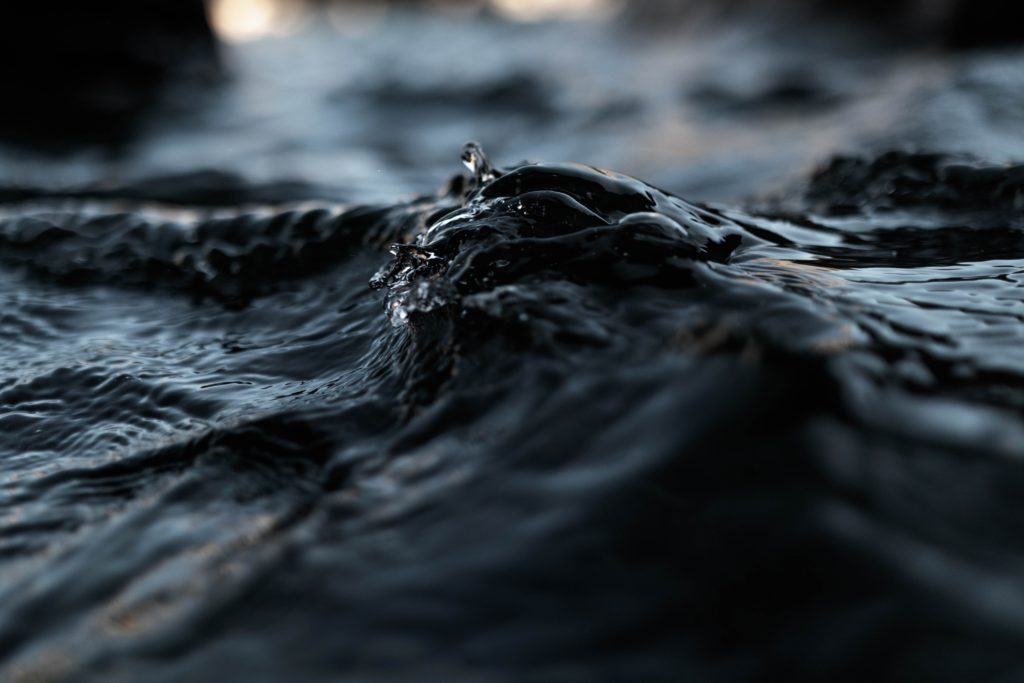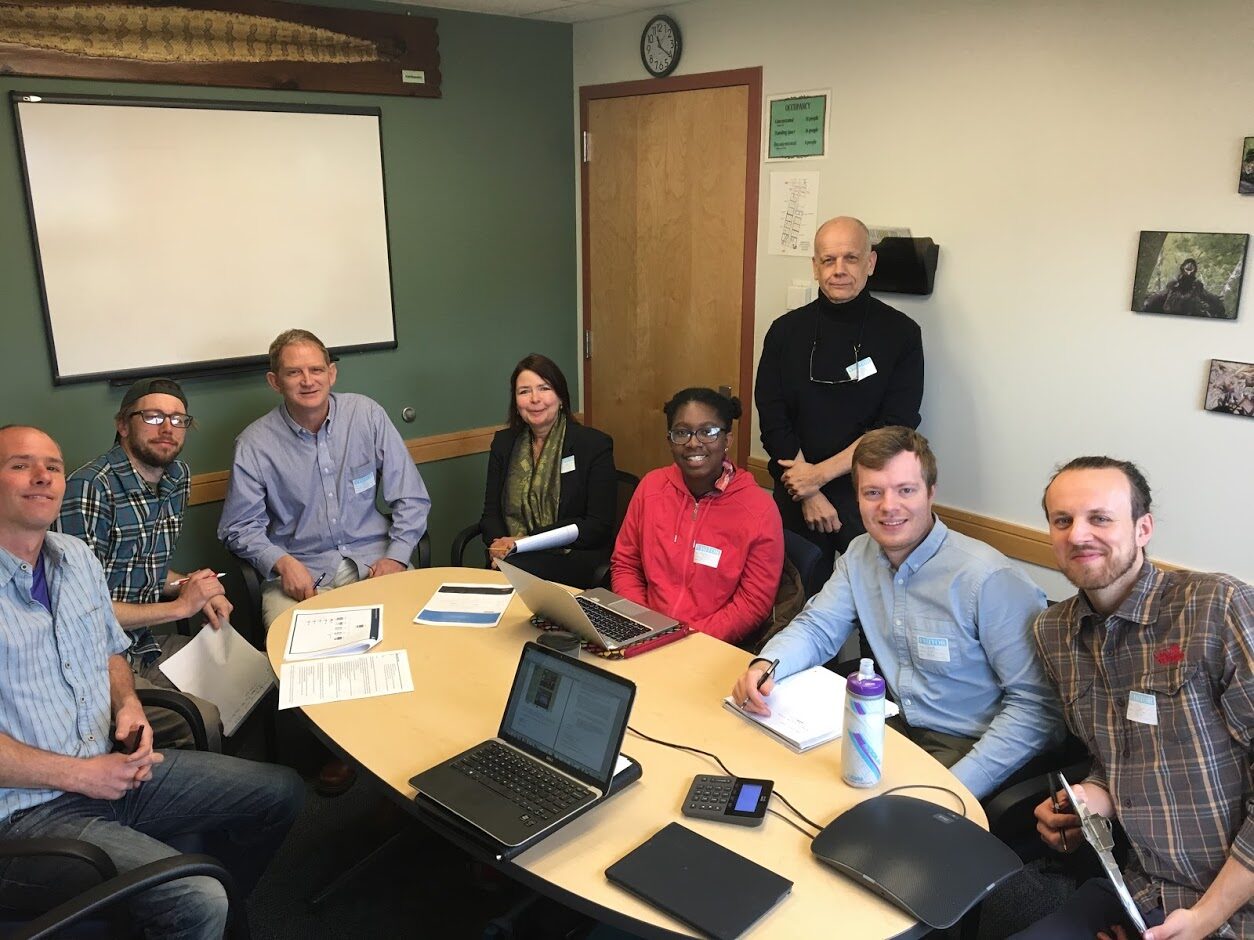Know Your Options
When you think of hydropower, you might envision the Hoover Dam or other large scale hydroelectric facilities and dams, but that is only one type of hydropower. Hydropower is any electric power that is made by converting the energy of moving water into electricity. As water flows down a stream, over a waterfall, or with the tide, its energy can be used to make a turbine rotate to create electrical power.
There are a many things that determine whether micro hydropower is the right option for a stream or river. From environmental impacts to local stakeholder concerns, it is important to consider all the risks, challenges, and benefits of installing a system in a comprehensive and objective way. Considering all the the options can help you make more more informed decisions and help educate stakeholders and regulators about the benefits and challenges associated with your chosen path.
If you are interested in installing micro hydro at your dam, this website is a resource for the many different requirements involved in making microhydro a reality. The requirements can be divided into five broad categories:
- Environment : Installing a micro hydropower system on an existing dam will affect the surrounding environment. Maintaining environmental quality is a priority for all potential projects.
- Technology : Selecting an appropriate turbine for your site will depend mainly on the height of the water difference above and below the dam and stream flow. Additional considerations based on each dam’s unique physical and biological characteristics may be considered as well.
- Legal : Hydropower development is regulated at the federal, state, and local levels. The regulatory landscape can be complex, and is currently evolving.
- Finance : There are significant development costs for installing a micro hydro system. In addition, there are several financing options for the power that is produced by your system.
- Operations : There are ongoing operations & maintenance requirements for micro hydro projects. Once commissioned, these projects require regular monitoring to operate safely and efficiently.
UPDATES
Saw Kill Project
As part of the REV Campus Challenge to advance clean energy alternatives on campuses and in nearby communities, Bard College is considering the potential for microhydro in existing dams on campus. Click here to learn more about Bard’s progress on the Saw Kill Project.
Check back periodically for more updates on the project.

Types of Micro Hydropower
Systems with Dams
Most hydroelectric power is generated by using a combination of head (that means elevation change) and flow, and most often this head is created by utilizing a dam, which builds up a reservoir of water at some height above the turbine input. As gravity pulls the impounded water downward and through the turbine, the water’s motion energy is converted into electrical energy.
Some estimates say that there are 1 million or more dams in the United States, the vast majority of them being privately owned small dams on streams and tributaries – only a fraction of them is used to generate hydropower. New York State alone has over 6,000 dams. Some of these dams provide municipal or regional hydropower or still serve useful functions, while others have outlived the purposes they were originally built for.
The Saw Kill Project at Bard College reviewed hydropower options for the two existing dams on campus, and came to different conclusions for each. We found that the Annandale dam could be utilized to drive a turbine to generate electricity in a way that makes ecological sense for that site. But while the Lower Saw Kill dam was once used for generating hydropower (utilizing the head created by the dam and a 40-foot waterfall), our evaluation of the site suggest that hydropower might impact the important tidal mouth of the Saw Kill, suggesting the best course of action is to remove that dam entirely, restoring the stream’s full flow at that location.
Dams require ongoing maintenance and oversight, may have safety, insurance, and liability issues associated with them and ultimately impact the upstream and downstream communities. This makes the consideration of using, repairing, modifying, or removing the dam a complicated matter that includes economic, environmental, social, political, and regulatory factors.
Systems without Dams
There are micro hydropower systems that can produce power without a dam. Systems without a dam allow waterways to run their natural course, with a small portion of the flow temporarily diverted from the stream to the turbine to produce energy. Gravity-based systems, which rely on dramatic changes in the height of the water (such as a waterfall), are a common situation for producing energy without a dam.
There are other technologies that do not require any diversion of water to produce power. These types of turbines are placed in a stream or river, the stream flow moves the turbine blades to produce electricity. These “hydrokinetic” systems most commonly require a high flow rate to generate an economically sensible amount of energy and are thus not the ideal solution for small stream.
In-conduit hydro derives energy from the flow of water that is already being channeled through a conduit for other reasons, such as a large scale water delivery system. The Saw Kill Project will investigate if flows at Bard College, such as from the waste water treatment plant, could be adapted to this use.

Stakeholder Engagement
The process of identifying individuals or groups that will be affected by a project is called stakeholder engagement. The first step is to identify stakeholders.
Identify Stakeholders
Effective stakeholder engagement is a critical and ongoing process that is needed to make sustainable decisions around a micro hydropower project.
During this process you should be prepared to continue to add to the list and bring new entities into the process.
Key Questions
- How do we identify people or groups who might be affected by decisions made around developing micro hydropower?
- How do we identify people or groups who might influence implementation of micro hydropower?
Bard’s Stakeholder Case Study
The first phase of the Bard project took place on private property with no adjacent neighbors
The second phase took place off campus with a privately held dam that created an impounded water body owned by over fifteen landowners.
In both phases, Bard went through the process of determining who the stakeholders were and including them in the decision-making process.
Dam Removal
Not every dam is suitable for micro hydropower; in fact only a fraction of the 6,000 dams in NYS has the potential to become a successful hydropower project. Between the condition of the dam, the dam’s hazard class, the local flow requirements, the available elevation change (head), water quality, local ecology, stream habitat, the condition of the impoundment (algae, temperature, recreational uses), property boundaries, flooding concerns and other issues, there are many reasons why a specific dam is not a good candidate for a hydropower upgrade. Dam owners who choose not to install a micro hydropower system can choose to either maintain their dam, or to remove it. Considering the environmental impacts of dams on our national waterways and stream ecology, the do-nothing alternative should only be considered if the dam still fulfills other purposes (irrigation, flood retention or recreation)
If you choose to maintain your dam, it is important to be familiar with the safety requirements for dams in New York State. The Department of Environmental Conservation includes a Dam Safety Section that provides additional information on dam safety and repair.
Another potential option for legacy dams is to remove the dam and return the river to its unaltered course. The process of dam removal has its own impacts, and should be considered carefully alongside each of the other options. The resources below have more information about dam removal projects across the United States.
- Podcast:
Undoing Dams?
Interview on WCBN, (Public Radio in Ann Arbor, Michigan, 2016)
This 1-hour podcast provides a balanced introduction to the issues involved in dam removal, with most of the talking being done by river scientists at work on streams in Michigan. -
A Summary of Existing Research on Low-Head Dam Removal Projects
(American Association of State Highway and Transportation Officials, 2005)
This 179-page report represents a fairly comprehensive study of the U.S. dam removal projects that were completed before 2005. -
Dam Removal FAQs (Save the Bay, Rhode Island)
Save the Bay is a non-profit dedicated to educational and advocacy project, “to protect and improve Narragansett Bay.” This 3-page document gives Frequently Asked Questions about “Stream Restoration through Small Dam Removal”. -
Dam Removal Guidelines for Owners
(Michigan Department of Natural Resources, 2004)
This 5-page guide gives a 7-step path that is a nice overview of the processes that a dam owner should go through in assessing a dam and possibly carrying out its removal. -
Leading Small Dam Removal: A Guidebook for Understanding the Natural and Social Characteristics
(Huron Pines, Michigan, 2012)
This 59-page report focuses on the engagement of local groups around a dam removal project. A few case studies are presented.
